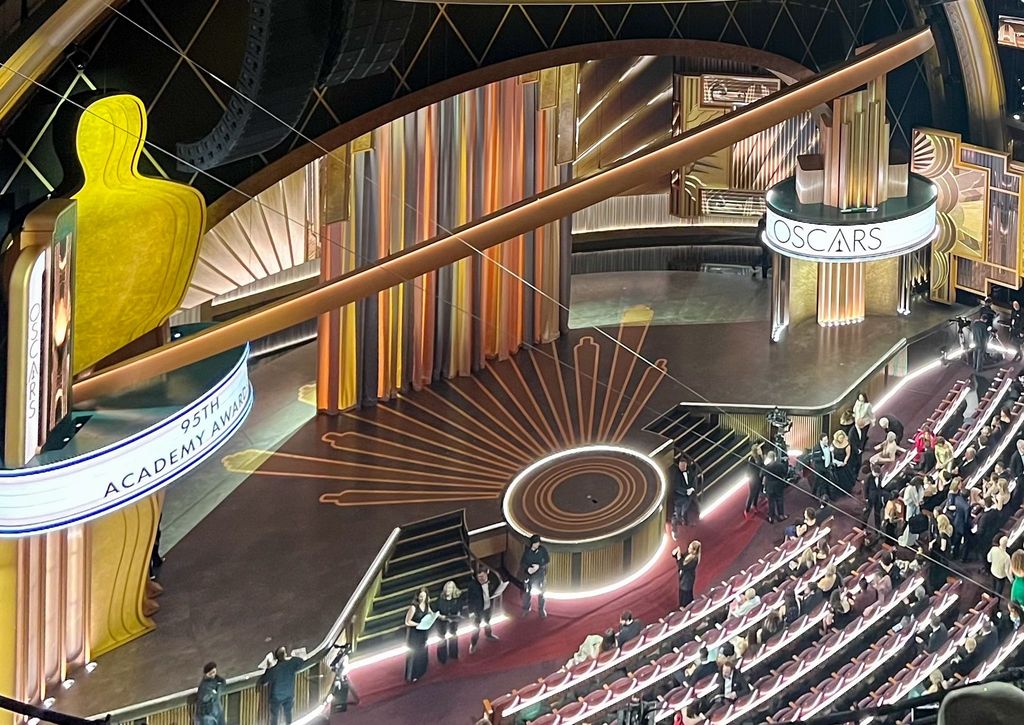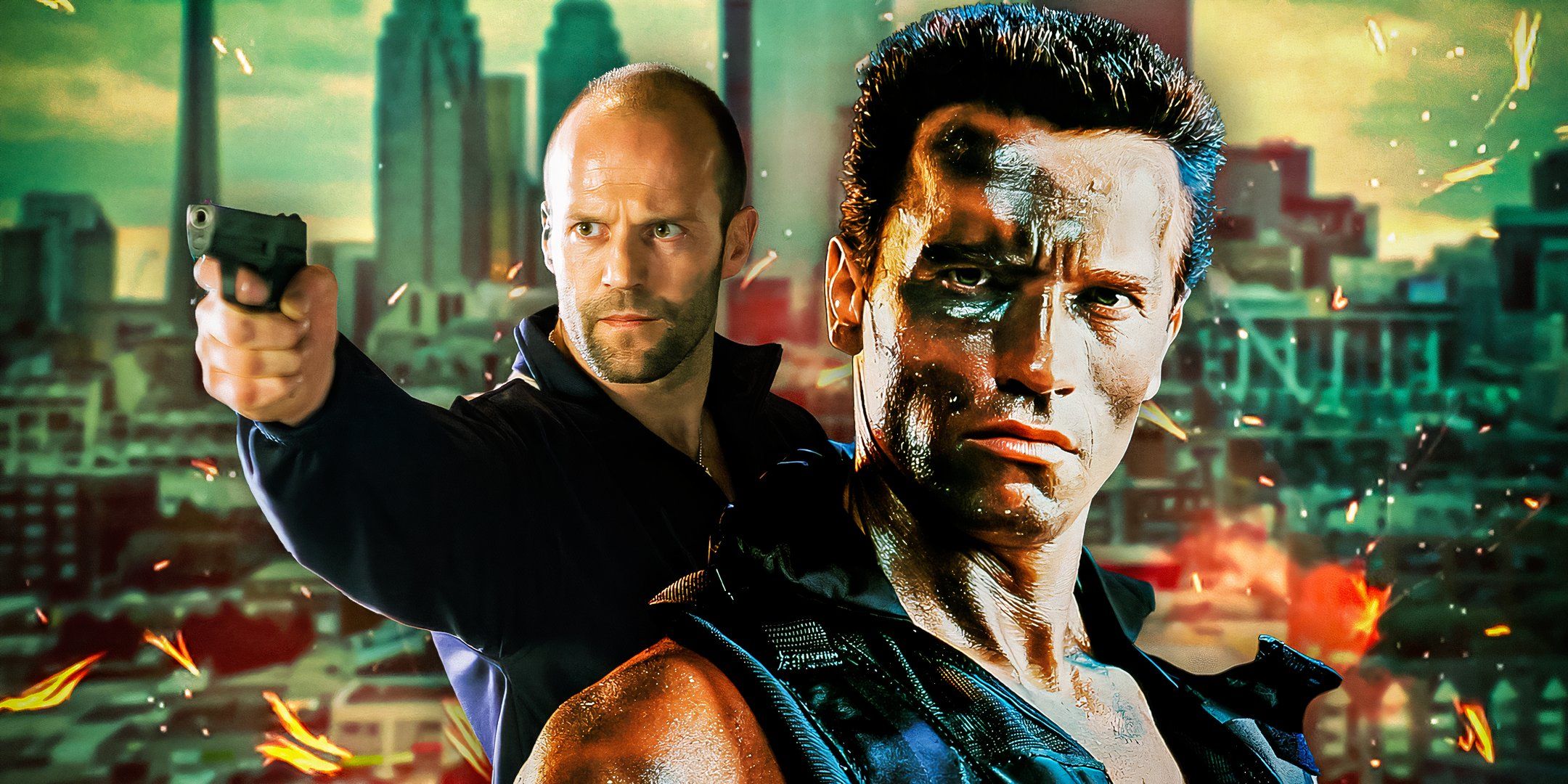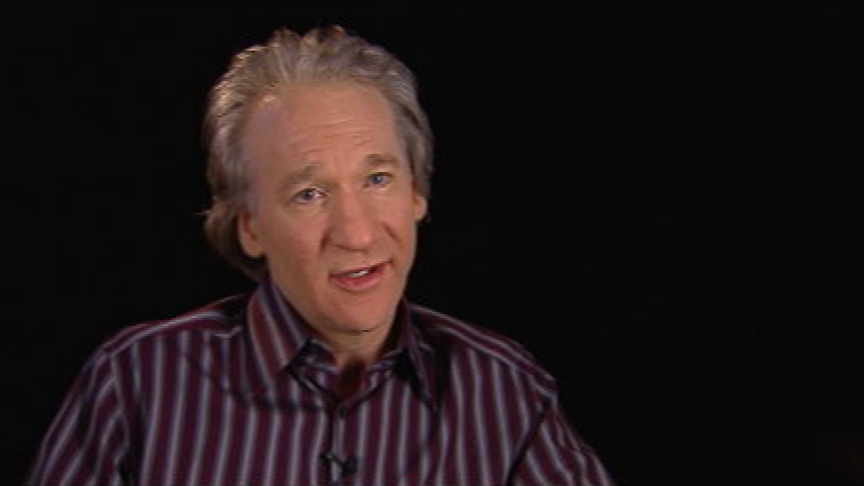
The image of a film director often conjures notions of a lone visionary, a singular artistic genius perched on a high chair, barking orders and single-handedly crafting masterpieces. While it’s true that directors are the primary creative force, translating a script into a living, breathing visual and auditory experience, the reality of filmmaking is far more intricate and, frankly, much more collaborative than most might imagine. It’s a symphony of specialized talents, all harmonizing under the director’s baton, each playing a crucial part in bringing a story to the silver screen.
Indeed, behind every iconic shot, every compelling performance, and every gripping narrative, there is a vast network of dedicated professionals whose expertise is woven into the very fabric of the film. A director, in essence, is a master orchestrator, someone who “provides strong leadership on set, guiding actors and crew members to work cohesively and efficiently toward a common goal.” They are the central hub in a sprawling creative wheel, constantly communicating, problem-solving, and adapting, always with an eye on their singular artistic vision.
So, who are these unsung heroes, these vital partners without whom a director’s vision might remain just that—a vision? Let’s pull back the curtain and explore the foundational collaborations that transform a mere concept into a cinematic reality, examining the first seven crucial relationships a director fosters to build the very backbone of their film.
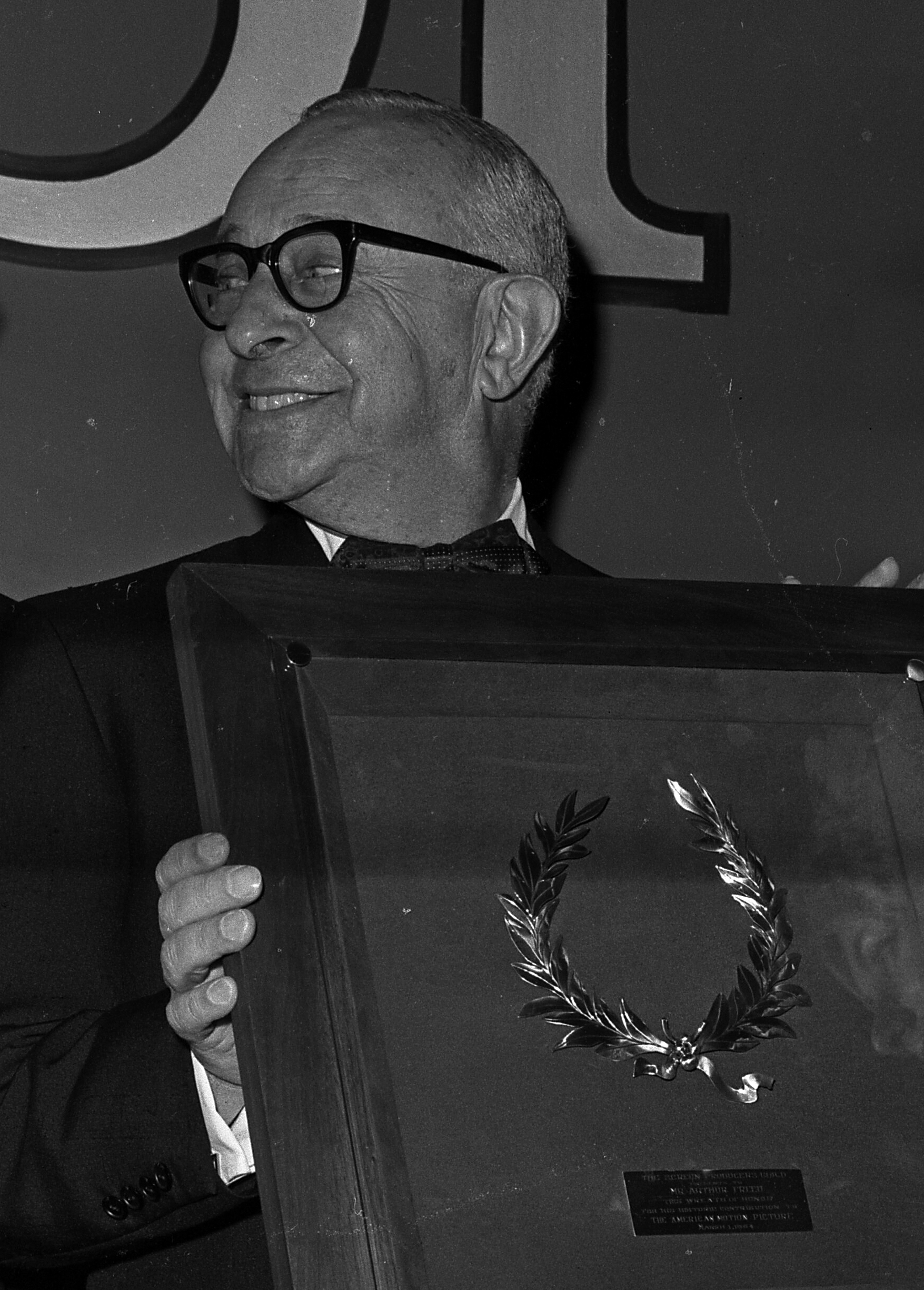
1. **Producers**At the very outset of any film project, before a single frame is shot, a director forms an indispensable partnership with the producers. These are the logistical and financial bedrock of the entire operation, securing funding, managing budgets, and ensuring the complex machinery of filmmaking runs smoothly. Without their efforts, a director’s grandest creative aspirations might never leave the drawing board, as producers “oversee the logistical and financial aspects of the project,” from inception to completion.
Producers are the practical counterbalance to the director’s artistic drive. While the director is immersed in the storytelling and visual aesthetics, the producer is meticulously tracking expenses, negotiating contracts, and making sure that the production stays on schedule. They are the gatekeepers of resources, ensuring the director has the necessary tools and personnel to realize their vision, all while keeping the project financially viable. Their role is to provide the canvas and paints, allowing the director to create.
This collaboration is a constant dance between creative ambition and practical constraints. “Producers make the business and financial decisions for a film, stage production, or TV show,” and their approval is often required for major changes to the budget or schedule. The director relies on the producer to handle the labyrinthine business side of the industry, freeing them to focus intensely on the craft of filmmaking. This essential partnership ensures that the artistic vision can flourish within a sustainable framework.
Read more about: Lights, Camera, Walkout! 15 Times Directors Ditched Major Blockbusters Mid-Production

2. **Screenwriters**The narrative soul of any film begins with the screenwriter, and thus, a director’s collaboration with them is fundamental. The script is the blueprint, the emotional core from which all visual and auditory elements will spring. Directors “often work closely with screenwriters to understand and interpret the script,” delving into its themes, characters, and the intended emotional impact to make creative decisions about how the written word will translate into compelling cinematic moments.
This isn’t merely a handover of a finished document; it’s an interpretive dialogue. A director might provide crucial input on script revisions, helping to refine dialogue, strengthen character arcs, or enhance the overall flow to better suit a visual medium. They envision how words on a page will manifest through performances, camera angles, and pacing. Their combined efforts ensure that the story is not just told, but experienced.
Understanding the screenwriter’s intent is paramount, as the director’s job is to embody and amplify that narrative. The collaborative process with screenwriters often happens during pre-production, where “directors thoroughly analyze the script to understand its themes, characters, and the intended emotional impact.” This deep dive allows the director to make informed choices that honor the original narrative while imbuing it with their unique cinematic voice, making the story resonate powerfully with the audience.
Read more about: Angelina Jolie’s Evolving Vision: A Deep Dive into Her Directorial Projects and Their Divisive Critical Reception

3. **Casting Directors**Bringing characters to life requires the right faces, the right voices, and the right emotional depth, which is precisely where casting directors become invaluable allies. They are the expert matchmakers of the filmmaking world, tasked with finding actors who are “well-suited for the roles in the project.” The director, of course, plays a decisive role in this process, providing input and making final casting decisions.
This collaboration extends far beyond simply reviewing headshots. Casting directors meticulously scour talent pools, organize auditions, and present a curated selection of performers to the director. During these auditions, directors themselves might conduct “rehearsals, or chemistry reads to ensure the cast works well together,” discerning not just individual talent but how actors will interact and create believable relationships on screen. It’s about finding the perfect ensemble.
The impact of casting cannot be overstated; the success of a film often hinges on the performances of its actors. Therefore, the director’s keen eye for talent and understanding of character nuances, combined with the casting director’s encyclopedic knowledge of actors, forms a critical partnership. Together, they populate the cinematic world with individuals who will authentically portray the narrative’s emotional landscape and truly resonate with viewers.
Read more about: Lights, Camera, Walkout! 15 Times Directors Ditched Major Blockbusters Mid-Production
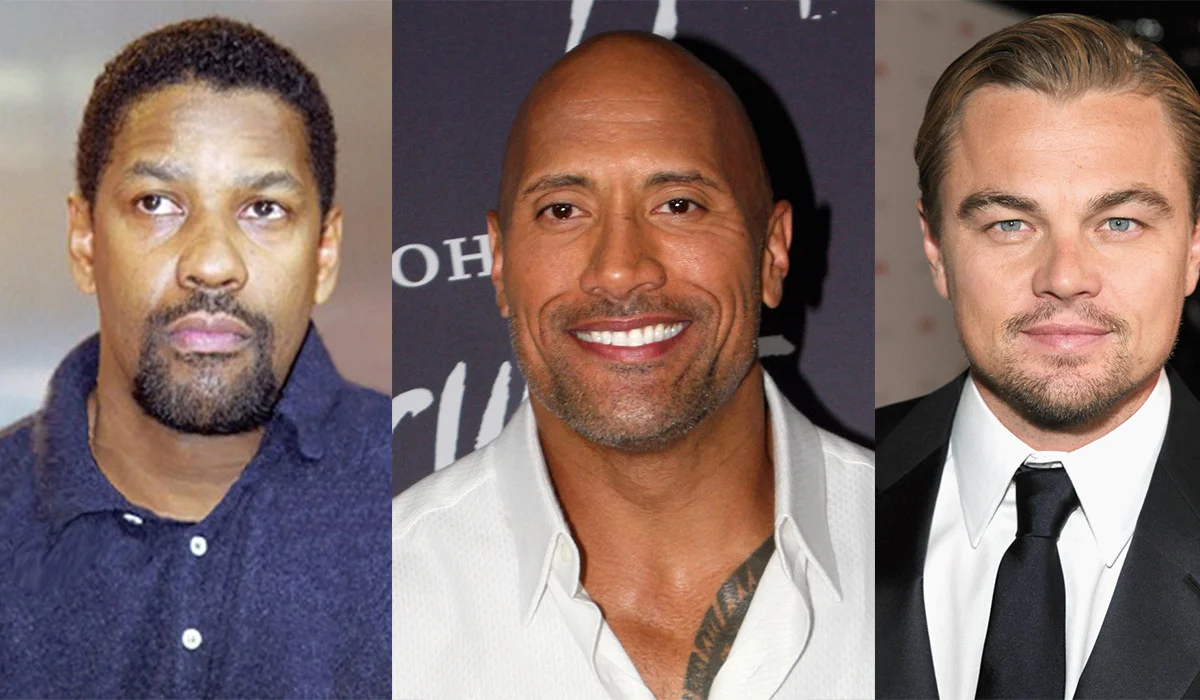
4. **Actors**Perhaps the most visible collaboration a director undertakes is with the actors, the very conduits through which the story’s emotions and conflicts are expressed. Directors “guide and direct actors in their performances, helping them bring their characters to life in alignment with the director’s vision.” This relationship is intimate and essential, built on trust, communication, and a shared pursuit of authenticity.
During production, this guidance becomes particularly hands-on. Directors “coach actors to deliver performances that align with the characters and emotions outlined in the script,” constantly providing feedback, making adjustments, and ensuring that the actors convey the intended depth and authenticity. It’s a delicate balance of shaping, inspiring, and allowing for the actor’s own interpretation, all while maintaining the overall narrative consistency.
The director’s “emotional intelligence” is a key skill in this dynamic, enabling them to “connect with actors on an emotional level to draw out authentic performances and convey the intended emotions of a scene.” This deep understanding allows for the nuanced performances that captivate audiences and elevate a film beyond mere plot points, making the characters feel real and their journeys impactful.
Read more about: Beyond the Showroom: Unveiling 14 Visionary Vehicle Prototypes That Never Saw Production

5. **Cinematographers (Directors of Photography)**If the script provides the narrative, the cinematographer, also known as the Director of Photography (DP), provides its visual language. This collaboration is about translating words and emotions into images, making it one of the most creatively significant partnerships in filmmaking. Directors “collaborate with cinematographers to determine the visual style of the film, including camera angles, framing, lighting, and camera movements.”
The director works hand-in-hand with the DP to establish the aesthetic and mood of every shot. This means making critical decisions about how a scene will be lit to evoke a certain feeling, what type of lens will convey a particular perspective, or how camera movement will enhance the dramatic tension. It is through this partnership that the film’s unique visual signature is born, meticulously crafted to serve the story and the director’s vision.
Their shared goal is to create compelling visual narratives, as directors “excel at translating written scripts into compelling visual narratives making creative decisions about shot composition, framing, and camera movement to convey the story effectively.” This requires a deep understanding of visual storytelling, a shared aesthetic sensibility, and precise communication to ensure that every frame contributes meaningfully to the overall artistic impact of the film.

6. **Production Designers**Beyond the performances and camera work, the world in which a film’s story unfolds is a crucial element, and this is the domain of the production designer. These professionals are “responsible for the visual aesthetics of the film, including set design, costumes, props, and overall production design.” The director works closely with them to achieve the desired look and feel, ensuring that the environment itself tells a part of the story.
The production designer’s role begins early in pre-production, where directors “work closely with production designers, art directors, and costume designers to shape the visual elements of the film, including sets, costumes, props, and overall aesthetics.” This means creating everything from the sprawling, intricate sets of a historical epic to the subtle, everyday details of a contemporary drama, all designed to immerse the audience fully into the narrative.
The visual elements created by the production designer are more than just background; they are integral to character, mood, and narrative. Every piece of furniture, every prop, and the overall architectural style of a set must align with the director’s vision and the script’s requirements. This detailed attention to the physical world of the film ensures a cohesive and believable cinematic experience, enhancing the storytelling through visual immersion.
Read more about: Beyond the Showroom: Unveiling 14 Visionary Vehicle Prototypes That Never Saw Production

7. **Art and Costume Departments**While closely linked with the production designer, the specialized expertise of the art and costume departments warrants its own recognition as a key collaboration. These teams translate the broader aesthetic vision into tangible details, directly impacting the authenticity and visual richness of the film. Directors “liaise with these departments to ensure that sets, costumes, and props align with the project’s artistic vision and period or theme.”
The art department, under the production designer’s guidance, crafts the physical spaces. This includes set dressers who arrange furnishings and props, and prop masters who source or create specific items crucial to the story. Their meticulous work ensures that every visual detail reinforces the narrative, whether it’s a worn armchair that speaks volumes about a character’s history or an ancient artifact central to the plot’s mystery.
Similarly, the costume department is responsible for cladding characters in attire that is not only visually appropriate but also reveals aspects of their personality, status, and emotional state. The director collaborates to ensure “clothing suits the overall look of the production,” from historical accuracy to contemporary style. The careful selection and design of costumes, props, and set elements by these departments are vital, collectively painting the canvas upon which the director’s story truly comes alive, meticulously crafting the visual authenticity that transports an audience.
The intricate tapestry of filmmaking, as we’ve explored, is woven by a multitude of skilled hands under the director’s discerning eye. While the first seven collaborations lay down the foundational narrative and visual blueprints, the director’s journey doesn’t end there. There’s still a whole world of sensory immersion to create, from the whispering wind to the roaring score, not to mention the logistical ballet of keeping a production on track, the magic of visual spectacle, and the crucial final steps of presenting the film to the world. Let’s dive deeper into the next seven pivotal partnerships that ensure a director’s vision resonates fully, shaping everything from the auditory landscape to the adrenaline-pumping action and the final, polished cinematic experience.
Read more about: Keanu Reeves: Unveiling the Quiet Philanthropy and Enduring Heartbreak of a Hollywood Icon
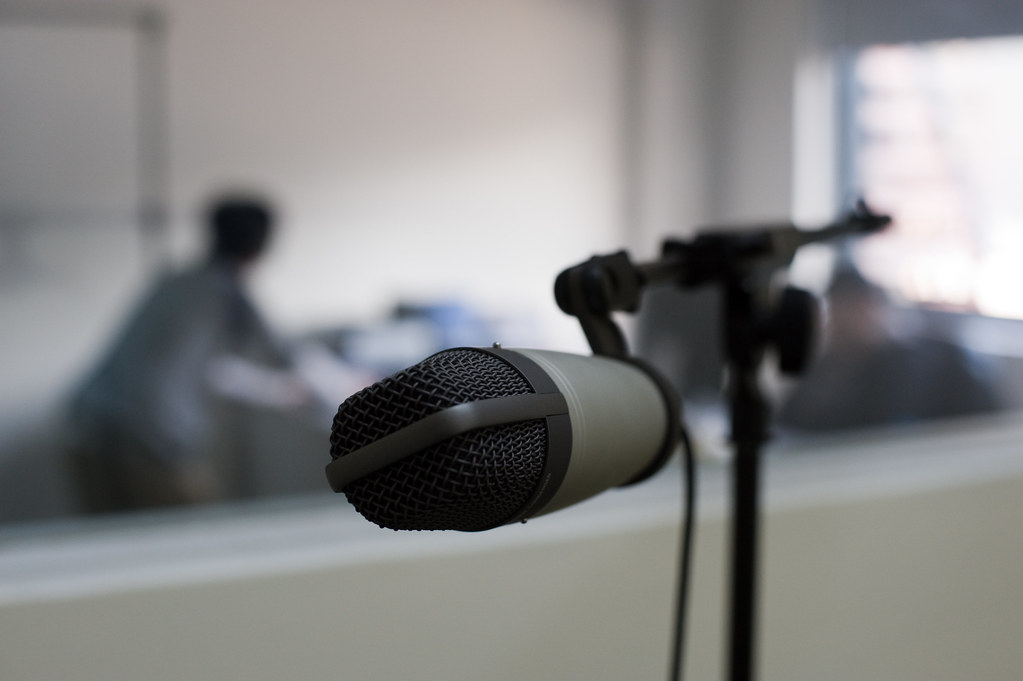
8. **Sound Department**Imagine watching a horror film with no chilling whispers, sudden thumps, or agonizing screams. It’s almost unthinkable, isn’t it? Auditory elements are not just background noise; they are integral to shaping the audience’s emotional experience and understanding of the story. Directors work hand-in-hand with sound designers and engineers to sculpt this sonic world, encompassing “dialogue, music, sound effects, and overall sound design.” This collaboration creates an immersive environment, evoking fear, joy, or tension, often without viewers consciously realizing sound’s profound impact.
The sound department’s work starts early, with recordists capturing crisp dialogue on set, but truly flourishes in post-production. Here, designers layer complex soundscapes, adding everything from rustling leaves to distant thunder. This meticulous crafting ensures every auditory detail, subtle or grand, contributes meaningfully to the narrative, enhancing realism or heightening fantastical elements. It’s a testament to sound’s power that a carefully placed effect can communicate more than a page of dialogue, immersing the audience deeply.
This partnership allows the director to paint with sound, just as the cinematographer paints with light. By collaborating closely, they ensure auditory elements don’t just complement visuals but actively drive storytelling, adding depth and dimension. This delicate balance ensures dialogue is clear, music impactful, and sound effects transport the viewer into the scene, completing the sensory experience.
Read more about: The Enduring Echo: 12 Final Letters From Lost Loved Ones That Still Move Millions
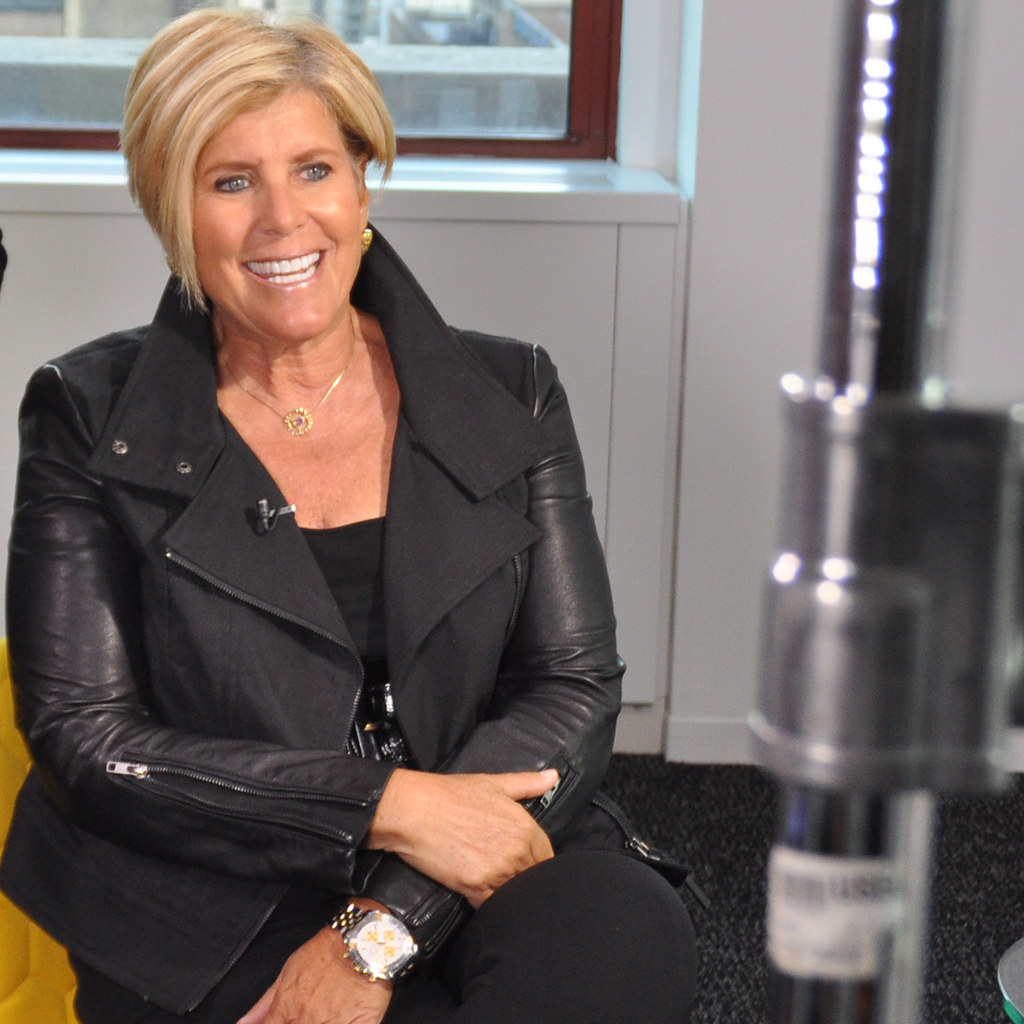
9. **Editors**Once all scenes are shot, mountains of footage land on the editor’s desk. This isn’t merely a technical sorting job; it’s where the film truly finds its rhythm, narrative arc, and emotional pulse. The collaboration between a director and an editor is, in many ways, the final act of storytelling, sculpting raw footage into a cohesive and compelling cinematic experience. Directors “collaborate with film editors to shape the final narrative and pacing of the film through the editing process,” providing crucial input on shot selection and sequencing.
Think of the editor as the ultimate re-writer, but with images and sounds instead of words. They make myriad decisions about which take to use, shot duration, and scene transitions, all profoundly impacting audience perception. A quick cut creates tension; a slow dissolve evokes melancholy. During post-production, directors “review various cuts of the film, including rough cuts and fine cuts, and provide feedback to ensure that the final edit aligns with their creative vision.” This iterative process refines the film.
This close partnership ensures the story flows seamlessly and achieves the director’s intended emotional impact. It’s where fragmented production pieces coalesce into a unified whole, where performances are perfected through careful selection, and where the director’s initial vision is finally brought to its most polished form. Without a skilled editor, even brilliant footage might remain a jumbled collection, failing to connect with an audience.
Read more about: The Infinite Adventures of a Phenomenon: Inside the Enduring Legacy of Adult Swim’s Rick and Morty

10. **Assistant Directors**While the director is the artistic visionary, someone must be the maestro of logistics, ensuring the entire production circus runs on time and on budget. Enter the Assistant Director (AD) — often a team, but led by the First AD, who acts as the director’s right hand on set. These are the unsung heroes who keep the complex machinery of filmmaking humming, dealing with everything from call times to catering, ensuring that “the shoot stays on track.”
Assistant directors are logistical masterminds, translating the director’s creative schedule into a workable, day-to-day plan. They manage the set, coordinate the crew, and communicate vital information between departments, acting as a crucial bridge between artistic vision and practical realities. It’s their job to ensure the director has the time and space to focus on performances and shot composition, free from constant logistical pressures. They help with “scheduling, coordinating the crew, and ensuring that the shoot stays on track.”
Their role is incredibly demanding, requiring exceptional organizational skills, clear communication, and the ability to troubleshoot problems on the fly. From wrangling extras to ensuring safety protocols are met, the AD team ensures every second on set is utilized efficiently. This allows the director to maintain creative focus, knowing the intricate dance of production is being expertly choreographed behind the scenes, turning potential chaos into productive order.
Read more about: A Powerful Silence: Honoring the Enduring Cinematic Visions of Iconic Directors Whose Journeys Ended Too Soon
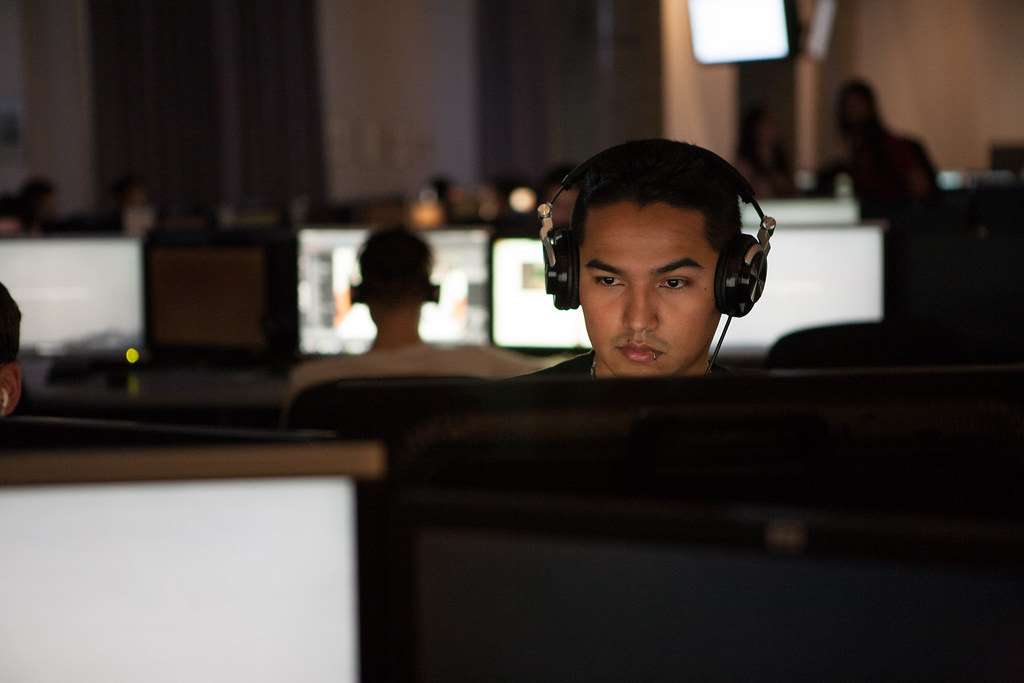
11. **Visual Effects (VFX) Teams**For many of today’s blockbusters, fantastical worlds and impossible feats wouldn’t exist without the incredible artistry of Visual Effects (VFX) teams. Whether it’s a sprawling alien landscape, a majestic dragon taking flight, or a historical battle brought to life, these specialists turn the director’s wildest imaginings into stunning visual realities. Directors work intimately with VFX artists to “integrate these elements seamlessly into the footage, ensuring they enhance the storytelling and visuals,” pushing the boundaries of what is cinematically possible.
The collaboration begins early, often in pre-production, as directors plan shots incorporating CGI characters, digital environments, or elaborate destruction. It’s not just about cool images; it’s about telling the story more effectively, making characters believable in unbelievable situations, and building worlds that feel tangible. During post-production, VFX artists painstakingly composite layers, animate creatures, and render entire environments, all under the director’s guidance, ensuring every digital element serves the narrative.
This is a realm where technology meets artistry. The director must convey their precise vision, and the VFX team translates that into pixels and polygons, often requiring numerous iterations and approvals. Their expertise allows filmmakers to transcend the limitations of physical sets and practical effects, crafting moments that would otherwise be impossible. It’s truly a magical partnership, contributing to a cohesive and breathtaking cinematic experience.
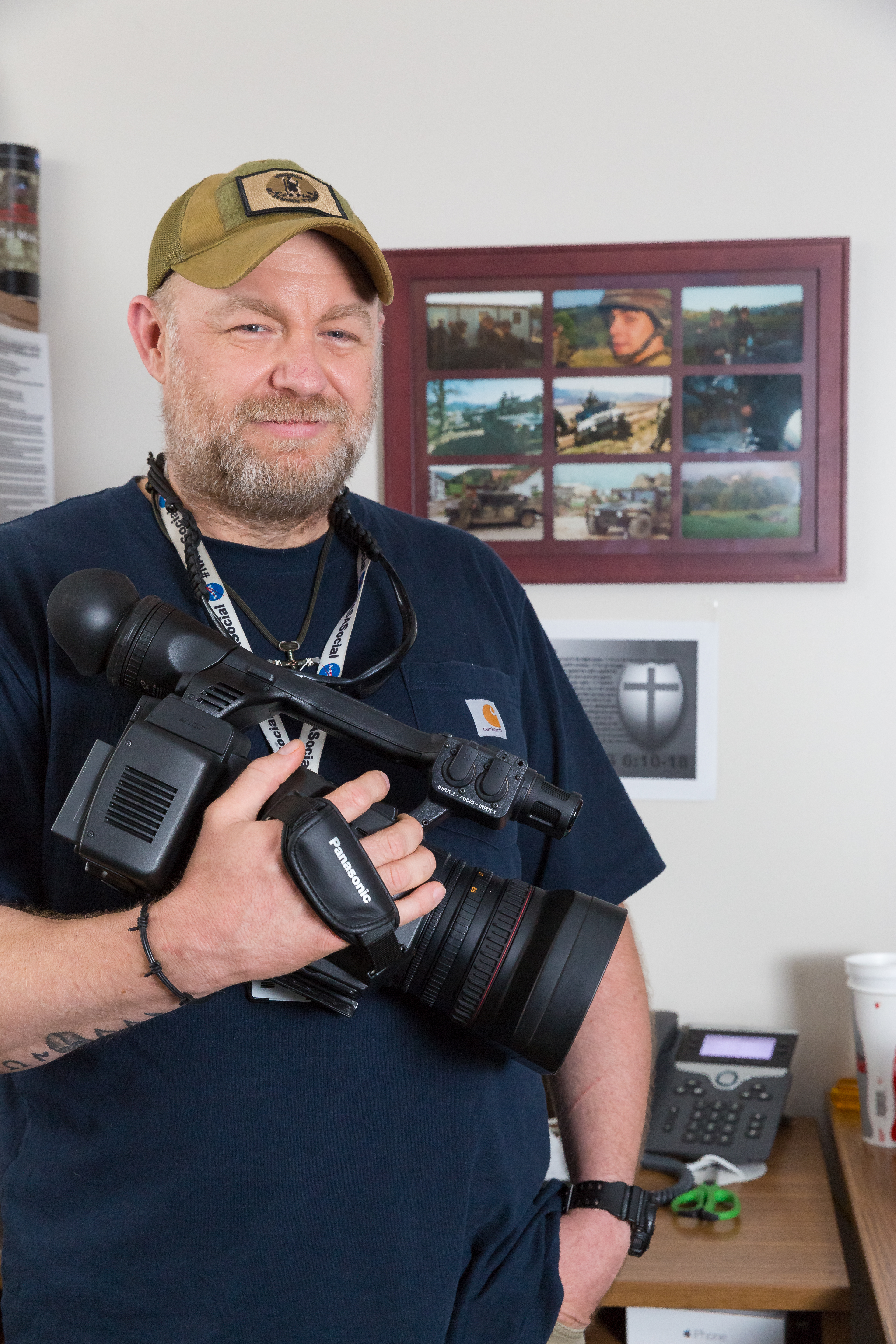
12. **General Post-Production Specialists**Beyond the initial edit and visual effects, a film undergoes a meticulous final polish, often involving a dedicated cadre of specialized professionals. These “other post-production professionals” work to “finalize the visual and auditory aspects of the film” alongside the director. This crucial phase ensures that every element, from the subtle nuances of the soundtrack to the precise mood conveyed by color, aligns perfectly with the director’s artistic vision, creating a seamless and immersive viewer experience.
One such vital collaboration is with music composers. Directors “provide input on the musical score, working with composers to ensure that the music enhances the emotional impact and atmosphere of the film.” A composer doesn’t just write background tunes; they create an emotional anchor, guiding feelings through every scene. Similarly, colorists play a pivotal role, as directors “may participate in the color grading process, where the visual look and mood of the film are fine-tuned through color correction and color grading techniques.” These specialists transform a film’s aesthetic, ensuring visual continuity and emotional resonance.
This collective of post-production specialists, including sound mixers, foley artists, and re-recording mixers, collaborates extensively. Directors attend “post-production meetings to discuss the progress of the film’s editing, sound design, and visual effects,” ensuring “quality control” and making final decisions on edits, sound, and visual effects. Their combined expertise ensures the film meets the highest artistic standards, bringing all elements together cohesively for its grand debut.
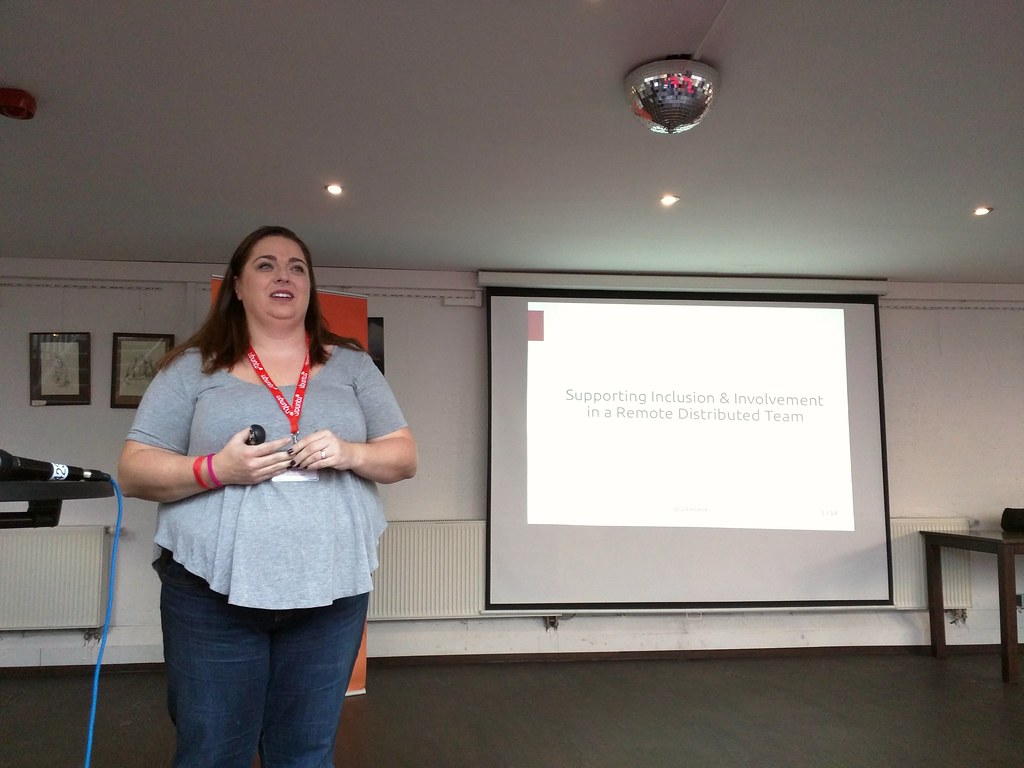
13. **Marketing and Distribution Teams**A film, no matter how brilliant, is incomplete until it reaches an audience. This is where the director’s collaboration extends beyond creative confines into the strategic world of marketing and distribution. While perhaps not as hands-on as guiding an actor, directors “may be involved in marketing and promotional activities to help promote the film to its target audience,” ensuring their artistic intent is accurately conveyed to potential viewers.
These teams are responsible for crafting trailers, posters, and promotional campaigns that entice audiences into theaters or onto streaming platforms. They distill the film’s essence into captivating marketing materials, highlighting its unique selling points while respecting the director’s vision. For larger productions, directors “may be involved in marketing and promotional activities to help promote the film to its target audience,” often participating in interviews, film festivals, and press junkets. This ensures the message reaching the public accurately reflects the film they poured their heart into.
The director’s input in this phase is invaluable, preventing misrepresentation and ensuring the film finds its intended audience. Their involvement helps shape the narrative surrounding the film, setting expectations and building excitement. This partnership guarantees that the cinematic journey, from concept to screen, culminates in effective outreach, making sure the masterpiece isn’t just made, but also seen and appreciated by the world.
Read more about: Behind the Velvet Rope: 9 Hidden Forces That Shaped Your Favorite 90s Pop Stars and Their Iconic Tours

14. **Stunt Coordinators and Choreographers**For films brimming with pulse-pounding action, intricate fight sequences, or breathtaking physical feats, the director’s partnership with stunt coordinators and choreographers is indispensable. These experts are the masterminds behind making danger look effortless and spectacular, ensuring both dramatic impact and, crucially, the safety of performers. “When a film includes action sequences or choreography, directors collaborate with experts in these areas to ensure safety and achieve the desired visual impact.”
A stunt coordinator designs and supervises all dangerous action, from car chases to falls, meticulously planning every detail. Choreographers, conversely, craft precise movements for fight scenes, dance numbers, or any stylized physical performance. The director works closely with these teams to integrate action seamlessly into the narrative, ensuring it serves the story and maintains character consistency. It’s a delicate balance of pushing boundaries for visual spectacle while adhering to strict safety protocols.
This collaboration allows the director to realize complex and thrilling sequences that would be impossible—or incredibly dangerous—without specialized expertise. They bring a director’s vision for high-octane drama or graceful movement to life, adding layers of excitement and visual flair. Ultimately, this partnership ensures that the film’s action beats are not only stunning but also flawlessly executed and integral to the overall storytelling, captivating audiences with incredible feats.
Read more about: Beyond the Screen: 15 Stunt Realities Where Performers’ Fear Was Absolute, and AI’s Looming Impact
From the foundational script to the final, gleaming frame presented to audiences worldwide, the director’s path is a testament to the power of collective ingenuity. It’s a journey not of solitary genius, but of orchestrated brilliance, where dozens of specialized talents converge, each contributing their unique craft. So, the next time you settle into your seat, ready to be swept away by a cinematic marvel, remember the unseen ballet of collaboration that brought it to life. Because truly, behind every director stands an entire world of dedicated partners, making the impossible, wonderfully real.

